Unlock the secret benefits of purslane: Discover the superfood hiding in your backyard! | Guide
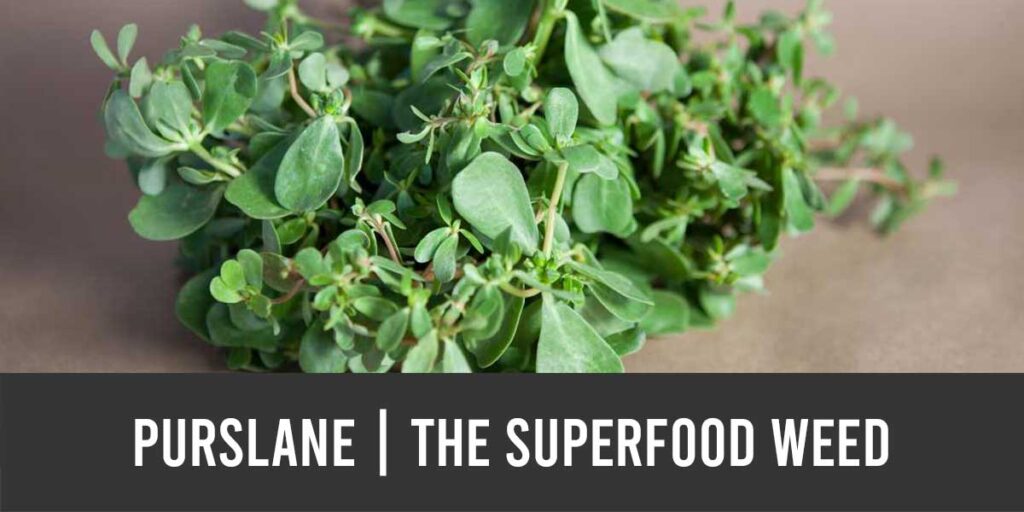
This guide will explore the benefits of purslane, including its nutritional value, growing tips and delicious recipes to try.
Purslane, also known as Portulaca oleracea in Latin, is a versatile and nutritious leafy green that is often overlooked in traditional gardening and cuisine and is often considered a weed. I am so happy I discovered this recently and have been eating it ever since, instead of just ripping it out the ground and throwing it in the compost. There are many health benefits of purslane, and I’ll share them with you in the guide below.
Purslane is a common ingredient in Mediterranean, Middle Eastern, and Asian cuisines, often used in Greek, Turkish, and Egyptian dishes and is a staple in Iranian and Iraqi cuisine. It is also used in Mexican and South American cuisine and is gaining popularity in Easter Europe as well and was also a popular plant in ancient times; Dacians used to call it “Lax” and recommended it for its amazing health benefits.
I discovered this amazing plant a couple of years ago in my garden and have been eating it ever since in so many types of recipes, both cooked and raw. I want to share a little bit of info about it, so you can recognize it and instead of removing it from your garden completely, start learning how to cook it and enjoy its wonderful taste and texture.
This guide will explore the benefits of purslane, including its nutritional value, growing tips and delicious recipes to try.
Contents:
- How to recognize purslane
- How to grow purslane
- Purslane recipes to try
- Health benefits of purslane
- FAQs about purslane
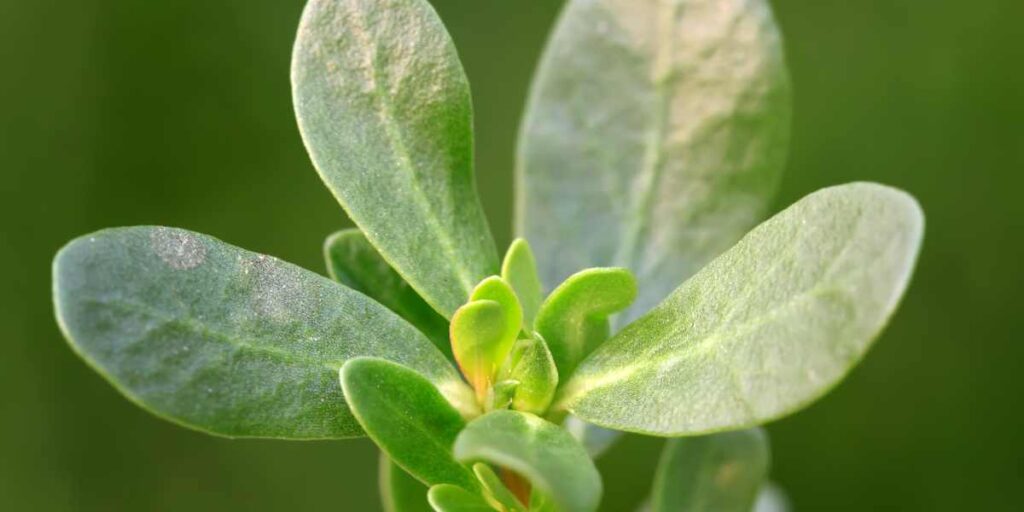
How to recognize purslane | Purslane or Spurge – purslane lookalike?
Purslane and spurge are both types of plants, but they are not closely related and have different characteristics.
Purslane (Portulaca oleracea) is a succulent, low-growing, creeping plant with thick, fleshy leaves and small yellow flowers. It is considered a weed, but oh so many weeds are medicinal, so maybe we should be a bit more careful about this classification. Purslane is native to Europe and Asia, but has naturalized in many parts of the world. It prefers well-drained soil and full sun, and can be grown from seed or cuttings.
Spurge (Euphorbia spp.) is a large genus of plants with a wide variety of growth habits and leaf shapes. Many species are succulent or have a milky sap. They can be annual or perennial, and can be grown as houseplants, outdoor plants, or weeds. I never found this in my garden, but I am on the lookout so I don’t mistake it . They are native to many parts of the world and prefer well-drained soil and full sun. Some species of spurge are poisonous if ingested.
In summary, purslane and spurge are two different types of plants that have different characteristics and uses. Many species of spurge have a milky sap, this is what gives them away.
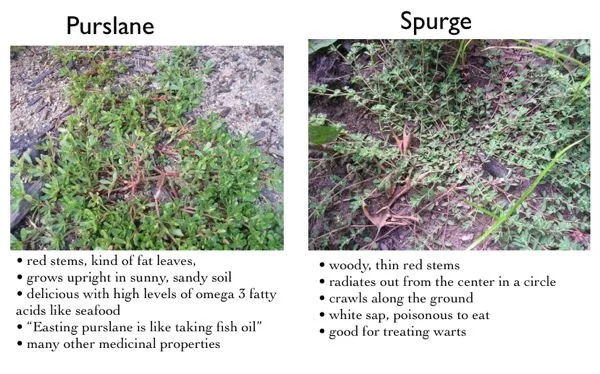
How to grow purslane
Portulaca oleracea is a succulent plant that is commonly found in gardens and as a weed in lawns. It is a hardy and versatile plant that can be grown in a variety of conditions. In many cases, you won’t need to cultivate it as it is quite an invasive weed that grows almost everywhere. I have some pathways made of gravel and I usually find it growing between the rocks. It even grew through the weed barrier, so this is a survivor plant.
Here is a quick guide on how to grow purslane:
- Choose a location: It can be grown in full sun or partial shade, making it a versatile plant to grow. It prefers well-drained soil, but can also grow in sandy or clay soils.
- Start from seed: Can be grown from seed, which can be found at most garden centers or online. Plant the seeds in a seed tray or directly in the ground, and keep the soil moist but not soggy. Germination usually takes about 7-10 days.
- Transplant seedlings: Once the seedlings have grown big enough, transplant them to their final location. Space them about 6-8 inches apart.
- Water: Being a succulent plant, it doesn’t require a lot of water. Water it only when the soil is dry.
- Fertilize: It doesn’t require a lot of fertilizer, but if you want to give it a boost, you can use a balanced fertilizer.
- Harvest: Purslane can be harvested as soon as the plant is established. The leaves and stems are edible and can be used in salads, sandwiches, or as a garnish.
- Control weeds: Purslane can be invasive, so it’s important to control it from taking over.
By following these steps, you can successfully grow purslane in your garden. It is a hardy and low-maintenance plant that will add a unique flavor to your meals.

Purslane recipes to try
Purslane is a versatile ingredient that can be used in a variety of dishes. Here are some recipes I’ve tried so far:
- Purslane Salad: This dish is made by combining purslane leaves with other greens, such as arugula or lettuce, and topping it with a simple dressing of olive oil, lemon juice, and salt.
- Pickled Purslane: My favorite!
- Purslane Pesto: This recipe substitutes purslane for the traditional basil in pesto. It can be used as a spread on sandwiches or as a pasta sauce.
- Purslane Soup: I usually add it as a garnish in soups.
- Purslane Stir Fry: You can simply sauté the leaves with other vegetables, such as bell peppers, onions, and mushrooms, and serve it over rice or noodles.
- Purslane and Tomato Salad: Just combine its leaves with tomatoes, cucumbers, and a simple dressing of olive oil and lemon juice.
- Purslane Fritters : Mix the leaves with other ingredients such as grated cheese, flour and eggs and fry them in a pan.
Overall, purslane is a delicious and nutritious ingredient that can be used in a variety of dishes. With its slightly sour and lemony taste, it’s a great addition to any dish.
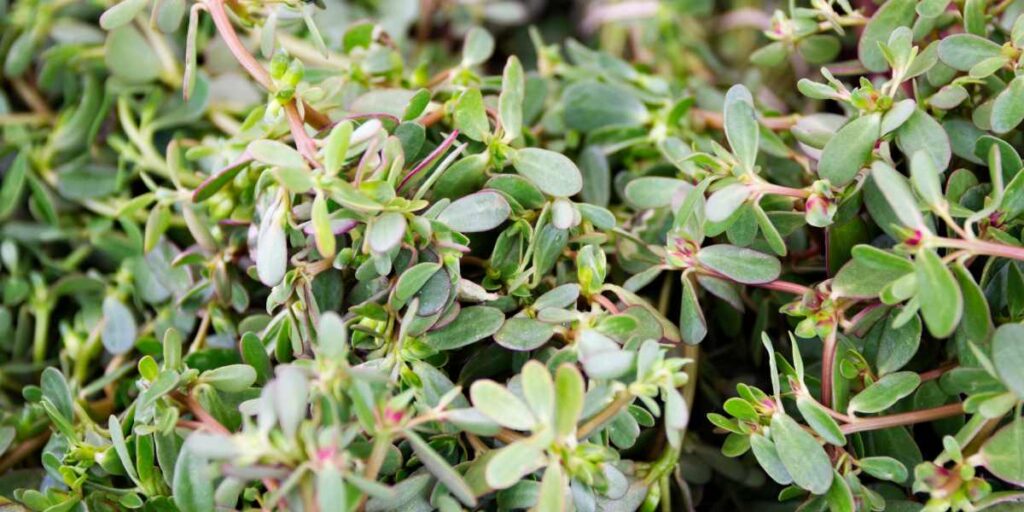
Health benefits of purslane
Portulaca oleracea, is a leafy green plant that has been used for centuries in traditional medicine and as a food source. It is a rich source of vitamins and minerals, including high levels of omega-3 fatty acids, vitamin C, vitamin A, and iron.
Some of the health benefits of eating purslane include:
- Anti-inflammatory properties: Contains high levels of omega-3 fatty acids, which have anti-inflammatory properties and may help to reduce the risk of chronic diseases such as heart disease and cancer.
- Antioxidant properties: Good source of vitamin C and vitamin A, which are antioxidants that help to protect the body against damage from harmful free radicals.
- Blood pressure control: May help to lower blood pressure due to its high levels of potassium, magnesium and calcium.
- Bone health: Good source of calcium, which is important for maintaining strong bones.
- Cancer prevention: The high levels of antioxidants in purslane may also help to prevent the development of cancer cells.
- Digestive health: It is high in fiber, which can help to promote regular bowel movements and improve digestive health.

FAQs about purslane
Yes, it is safe to eat purslane and can be consumed raw, cooked, or pickled. Purslane can be eaten raw in salads, cooked as a vegetable, or used as a garnish. However, as with any new food, it’s always best to start with a small amount and observe for any adverse reactions.
Purslane is not toxic, it is an edible plant, however it can sometimes be mistaken with spurge, which is toxic, so be careful when identifying this plant.
Some experts consider it to be a “superfood” due to its high levels of essential fatty acids, vitamins, and minerals, including omega-3 fatty acids, vitamin C, and potassium.
There are not many known side effects associated with consuming purslane. However, it is important to note that some individuals may be allergic to the plant. Additionally, it is important to ensure that purslane is properly washed and cooked before consumption, as consuming raw or unclean purslane may lead to food poisoning. If you are pregnant or breastfeeding, you should also consult your doctor before consuming purslane as there is not enough information available to know if it is safe. Overall, it is considered safe to eat when prepared properly.
No, it is an annual, however, don’t worry about it. It self-seeds and always comes back in your garden next year if you let it flower.
If you make this, please leave a review and rating if you liked this recipe! ★★★★★

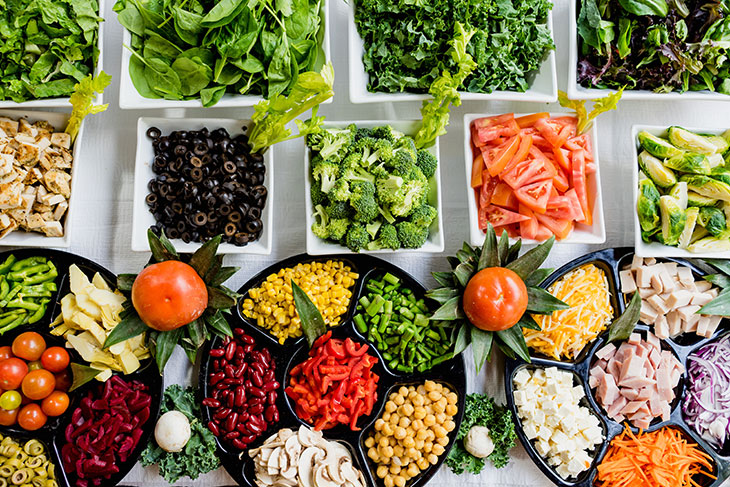
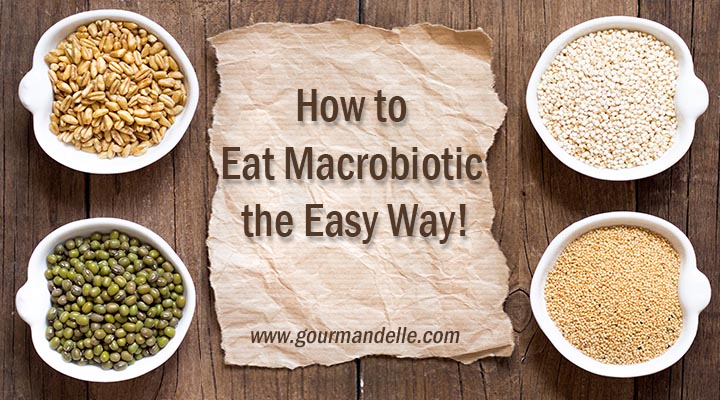


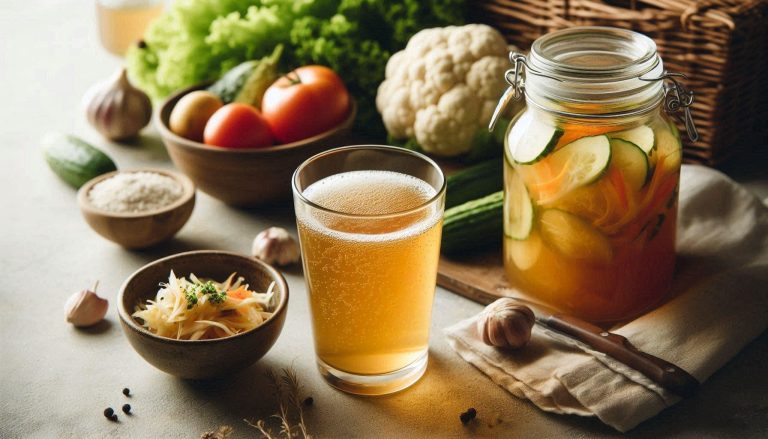

Purslane is a fantastic nutrition plant for BP and Cancer.